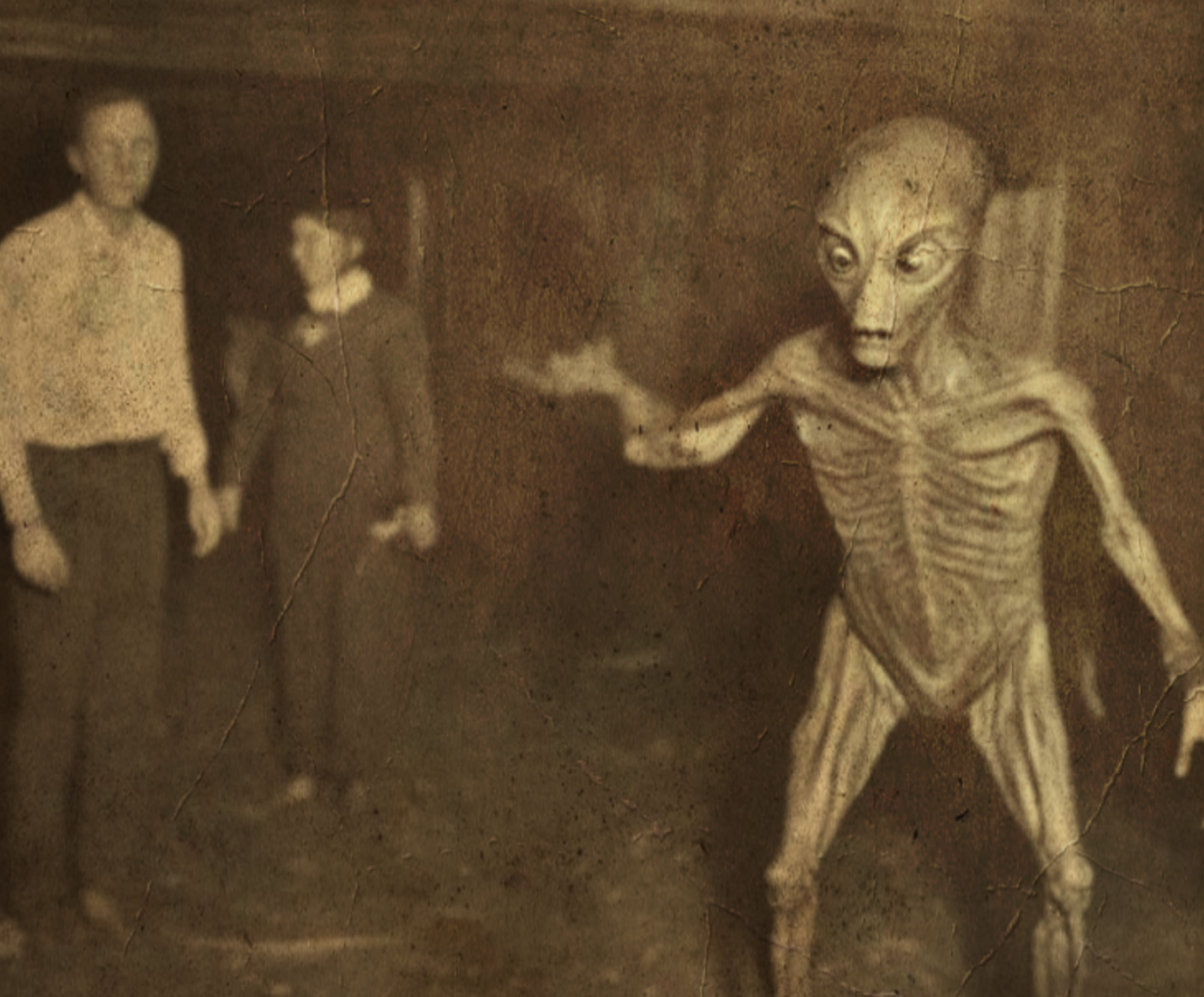In the arid deserts of Egypt, amidst the shifting sands and ancient ruins, a team of archaeologists embarked on a journey that would rewrite history. It was the 1940s, a time of great exploration and discovery, yet nothing could have prepared them for what lay buried beneath the surface.
Led by Dr. Elizabeth Hayes, a renowned archaeologist with a pᴀssion for unraveling the mysteries of the past, the expedition set out to uncover the secrets of a forgotten civilization. Armed with shovels, brushes, and boundless curiosity, they ventured into the heart of the desert, guided by whispers of an enigmatic pyramid buried beneath the sands.
As they toiled under the scorching sun, their efforts were rewarded when the tips of ancient stones began to emerge from the earth. With each painstaking excavation, the pyramid revealed its secrets – intricate carvings depicting celestial beings and strange, otherworldly symbols that defied interpretation.
But it wasn’t until they stumbled upon a hidden chamber deep within the pyramid that the true significance of their discovery became apparent. Illuminated by flickering torchlight, the chamber was adorned with murals that told a story as old as time itself.
The murals depicted scenes of contact between humans and beings from beyond the stars – towering figures with elongated limbs and heads adorned with intricate headdresses. They were depicted as teachers, imparting knowledge and wisdom to the ancient civilizations of Earth, guiding them in the arts of agriculture, astronomy, and architecture.
For Dr. Hayes and her team, the implications were staggering. Could it be that humanity’s ancestors had been visited by extraterrestrial beings, shaping the course of civilization itself? The evidence seemed to suggest so, with parallels between the ancient depictions and accounts of alien encounters found in cultures around the world.
Word of their discovery spread like wildfire, attracting the attention of scholars, skeptics, and conspiracy theorists alike. Some dismissed the findings as mere fantasy, while others saw it as confirmation of long-held beliefs in ancient astronaut theory.
As debates raged on in academic circles and beyond, Dr. Hayes remained steadfast in her pursuit of truth. For her, the discovery was not just about rewriting history but about expanding the boundaries of human understanding and embracing the possibility that we are not alone in the universe.
In the decades that followed, the excavation site would become a beacon of curiosity, drawing visitors from around the world eager to glimpse a glimpse of the ancient past and ponder the mysteries of the cosmos. And as Dr. Hayes looked out across the desert horizon, she knew that the journey was far from over – for beyond the sands lay endless possibilities waiting to be unearthed.

 As they toiled under the scorching sun, their efforts were rewarded when the tips of ancient stones began to emerge from the earth. With each painstaking excavation, the pyramid revealed its secrets – intricate carvings depicting celestial beings and strange, otherworldly symbols that defied interpretation.
As they toiled under the scorching sun, their efforts were rewarded when the tips of ancient stones began to emerge from the earth. With each painstaking excavation, the pyramid revealed its secrets – intricate carvings depicting celestial beings and strange, otherworldly symbols that defied interpretation.


naradaninandkevin1111@gmail.com